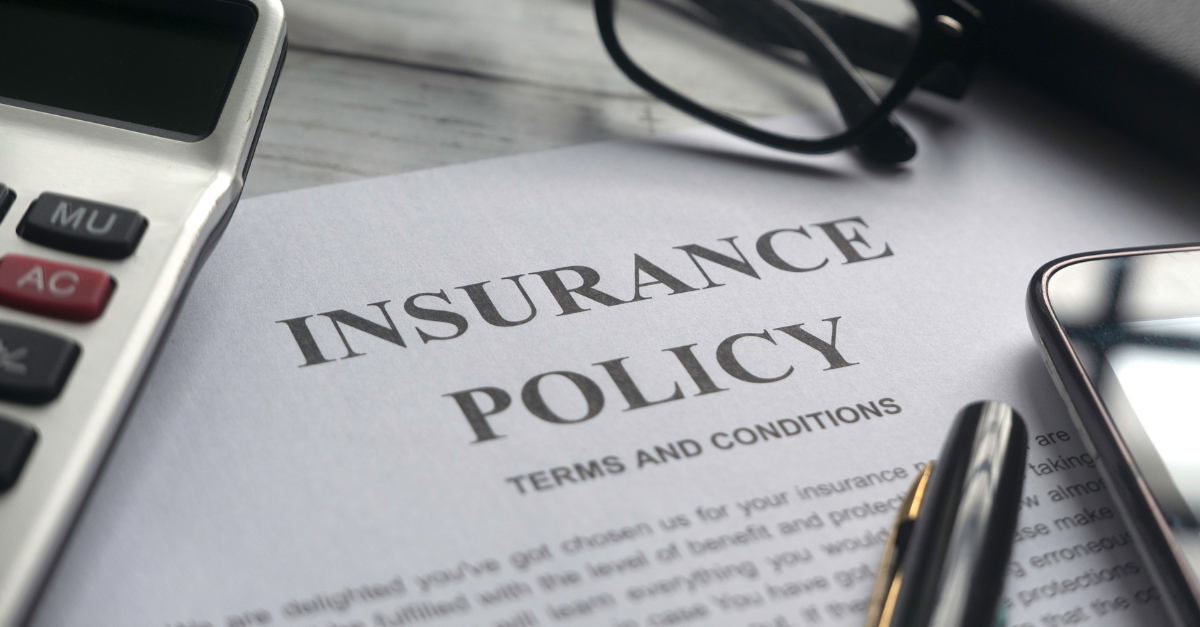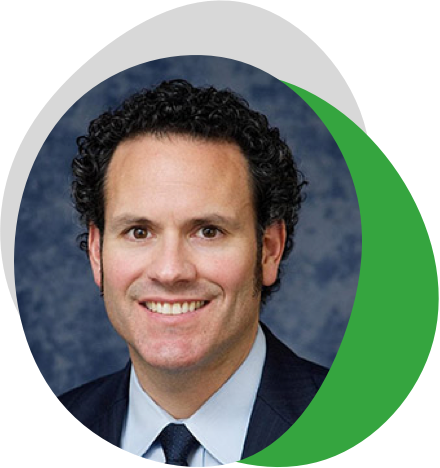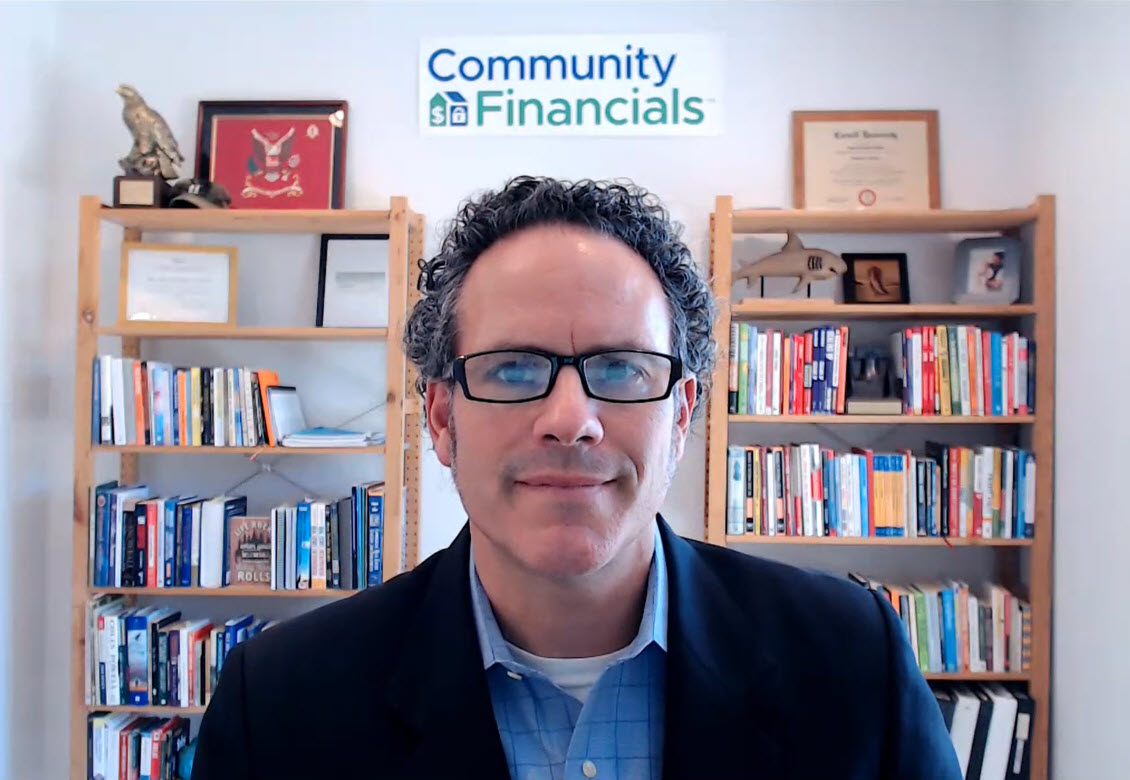Budgeting for HOA and Condo Insurance in 2025: A Practical Guide
Managing insurance costs is becoming more challenging for community associations. To help you navigate these waters, we’ve put together a guide based on insights shared by insurance expert Dave Pilon, CPA, CFA, CIRMS, at a recent Community Association Institute (CT Chapter) Symposium. This guide covers key strategies for budgeting for HOA and condo insurance in 2025.
What Affects Insurance Costs?
Several factors can make a big difference in the premiums you’ll pay for HOA or condo association insurance. Let’s take a look:
Claim History: The number and severity of past claims play a huge role in setting premiums. Ideally, over the last 3-5 years, your claims should amount to no more than half of what you’ve paid in premiums. If you can keep your claim activity below 40%, you’re in a great position.
Building Type and Size: The construction of your building also matters. For example, buildings made of brick or steel tend to have lower premiums than those made with wood frames. Larger buildings, especially those with 20+ units with frame construction, will likely see higher costs, and some may even struggle to get coverage as premiums rise.
Catastrophic Losses and Deductibles: Insurance carriers are constantly updating their loss models, especially after large events like storms. While large increases in premiums have been common, there may be some moderation in 2025. But keep in mind, many policies might exclude certain types of damage (like wind or roof damage) or raise deductibles significantly. Some communities may even face deductibles as high as $25,000, and in many cases, $50,000 – $100,000 or more. Because of this, many associations are updating their governing documents to allow for higher deductibles.
How to Keep Costs in Check
Managing costs is all about being proactive. Here are a few things you can do to lower your premiums:
Follow Underwriter Advice: Insurance underwriters are increasingly strict about risk management. If a community does not act on the recommendations in a timely manner (30-60 days), it is a red flag, and a non-renewal will be scheduled to go out – if not right away, then at renewal. Ignoring their advice could cause your insurance costs to increase fivefold. Also, CAU (the largest insurance underwriter for community associations) will not renew your insurance policy if you don’t follow the recommendations.
Mitigate Wind Risk: Wind damage is a key concern, especially for coastal properties. Coastal properties have more of an issue because they get hit directly by the wind, but even if your community is inland from the coast, if at a higher elevation, you may have more wind exposure and see your premium go up significantly. While wind damage might be covered, water damage from external sources often isn’t. To protect against this, consider water intrusion and wind mitigation strategies. Flood risk is generally covered by government-backed flood insurance.

Practical Tips for Managing Insurance
Here are some actionable steps you can take to control costs:
Loss Control Measures: Group purchasing can help save on maintenance services like chimney cleaning. This helps with better pricing but, more importantly, ensures compliance by getting all the units done in a timely fashion. You can also install devices that automatically shut off water or detect leaks, especially in garden-style buildings, to prevent costly water damage. Regular inspections of life safety equipment like sprinklers and fire alarms will also help keep things in check.
Legal and Contractual Actions: Legal and Contractual Actions: Work with legal counsel and your insurance advisor to clarify who is responsible for paying the insurance deductible under your master policy. Unless defined by state statute or already provided in your bylaws, establish a bylaw amendment or resolution that clearly defines this responsibility. Ideally, the unit owner at fault should cover the deductible. Consider a rental limitation amendment, as there can be a correlation between a higher percentage of rentals and increased losses. Lastly, obtain an insurance appraisal to ensure your coverage is adequate. Make sure to have comprehensive maintenance standards in place; consult with an attorney specializing in community associations to develop these, as this proactive approach can demonstrate to insurance companies that you are mitigating risks effectively.
Communication, Transparency, and Financial Health
A transparent approach will help everyone involved stay on the same page:
Keep Owners in the Loop: Be open with unit owners about any premium increases and why they’re happening. It’s important to keep them informed, especially when rates go up. Also, engage your insurance agent well before your policy renewal to discuss any concerns or possible coverage changes. Communicate these changes at every board and annual meeting.
Sound Financial Planning: When budgeting for the year ahead, be realistic but also plan for the future. Don’t underbudget and end up deferring repairs, as this could lead to bigger problems down the line. It’s wise to set aside money for deductibles (plan for 1-2 per year) and use any unspent funds for reserves.
Key Takeaways for 2025
To sum it up: proactive risk management, following underwriter advice, and strong financial planning will be your best tools for managing insurance costs.
2025 Budgeting Tip: Dave Pilon suggests budgeting for a 15% increase in insurance costs for 2025. Some communities may see smaller hikes (7-8%), while others could face up to a 20% increase. Being prepared for these changes will help ensure your community’s long-term financial health.


